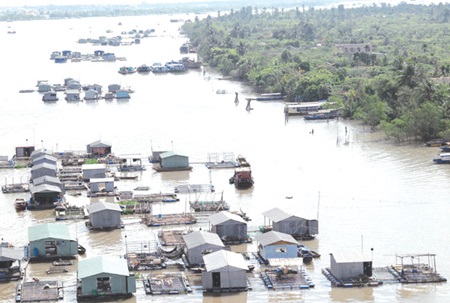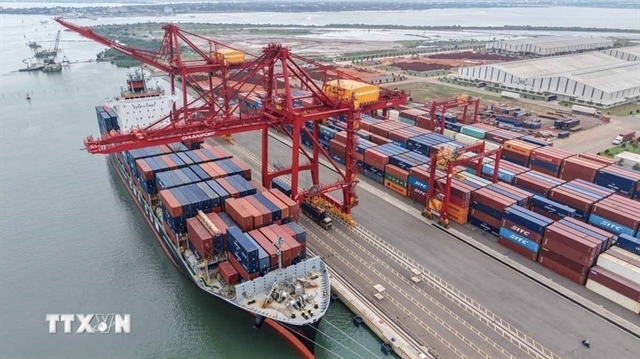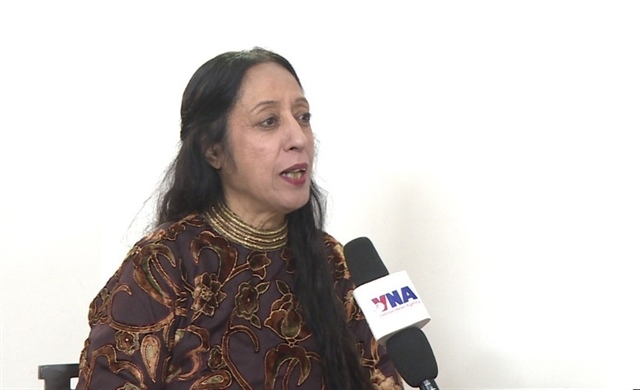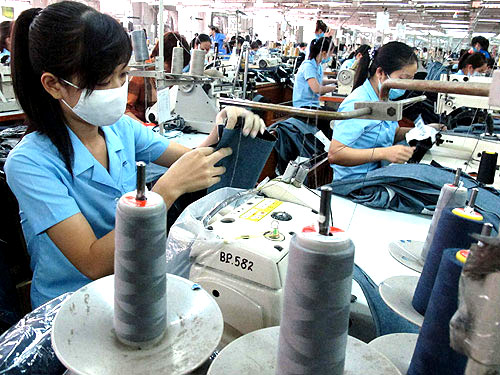Dams slash Mekong fish stocks
Dams slash Mekong fish stocks
More than 70 Vietnamese and international scientists and other experts and officials from ministries and international organisations discussed ongoing research into the impact of dams on the mainstream of the Mekong River at a conference in HCM City yesterday.

At the conference organised by the Ministry of Natural Resources and Environment and Viet Nam National Mekong Committee, Deputy Minister of Natural Resources and Environment Nguyen Thai Lai said while awareness about protecting the environment in the Mekong River Basin was not high, the construction of 11 dams on the river raised serious concern about their impacts on environment, economy and livelihoods.
The dams have been built or are planned to be built on the lower downstream of the Mekong in Lao PDR, Thailand, and Cambodia.
Plenty of research is being done into the impacts of the dams on people living along the river.
The Vietnamese Government had called for a study of the impacts in Cambodia and Viet Nam with the participation of the governments of Laos and Cambodia.
According to the organisers of the conference, this is expected to enable Viet Nam and other countries in the river basin achieve the regional co-operation goals of sustainable development and harmonizing the benefits of riparian countries.
The study is aimed at evaluating the changes to the river's flow because of dams and the impacts on the environment and people in the Mekong basin in Cambodia and Viet Nam.
An agreement is expected between relevant parties through dialogue based on the study's results and solutions suggested for mitigating the impacts.
The study encompasses the impacts of the flood regime, silt, salinity intrusion, and others. From the results, the impacts on aquaculture, bio-diversity, water traffic, agriculture, livelihoods, and economies will be assessed.
If all proposed dams are built, the river's section in Cambodia is likely to see the most serious reduction in water levels. The silt level will reduce by 65 percent in Cambodia's Kratie and Viet Nam's Tan Chau and Chau Doc in An Giang Province.
Salinity intrusion will intensify near the coast; the movement of around 74 percent of 10 fish species will be obstructed; the dams will also obstruct the migration of fish and other aquatic species from upstream to downstream.
It has been found that existing dams alone have caused a 50 percent reduction in fish stocks in Viet Nam and Cambodia, a loss that directly impacts the food security, livelihoods and social welfare of people living along the river in Cambodia and Viet Nam.
The dams will also cause the disappearance of more than 10 percent of fish species in Viet Nam and southern Cambodia.
Besides, they will take away 3,400 tonnes of phosphate annually, and farmers have spend US$24 million a year on fertilisers.
Experts said Vietnamese farmers would lose 22,000 tonnes of nitrogen, 3,300 tonnes of phosphate, and 11,000 tonnes of potassium.
An Giang and Dong Thap face the gravest threats, with 50 percent and 20 percent of their communes likely to be impacted.
It is estimated that there is an annual loss of VND3.75 trillion for Viet Nam's agriculture sector and VND12 trillion for its aquaculture sector.



















